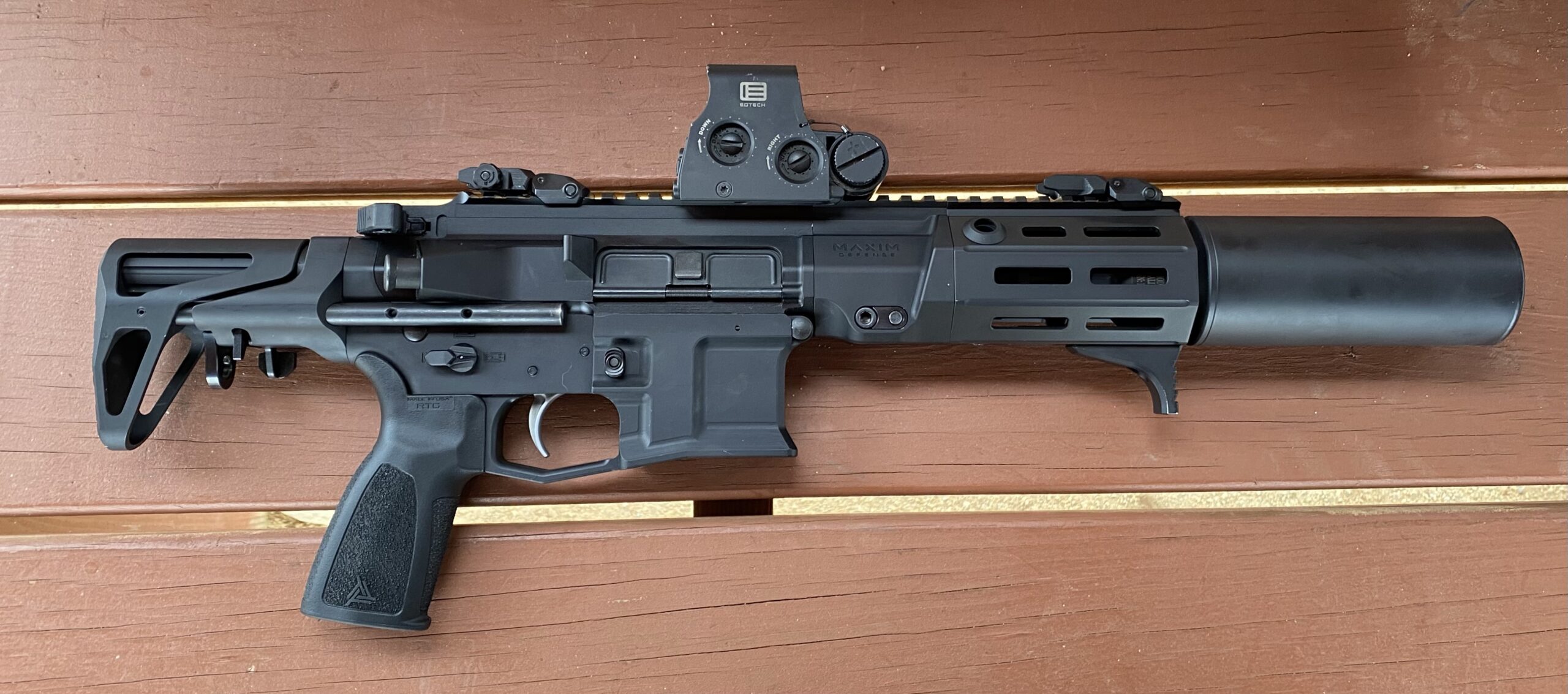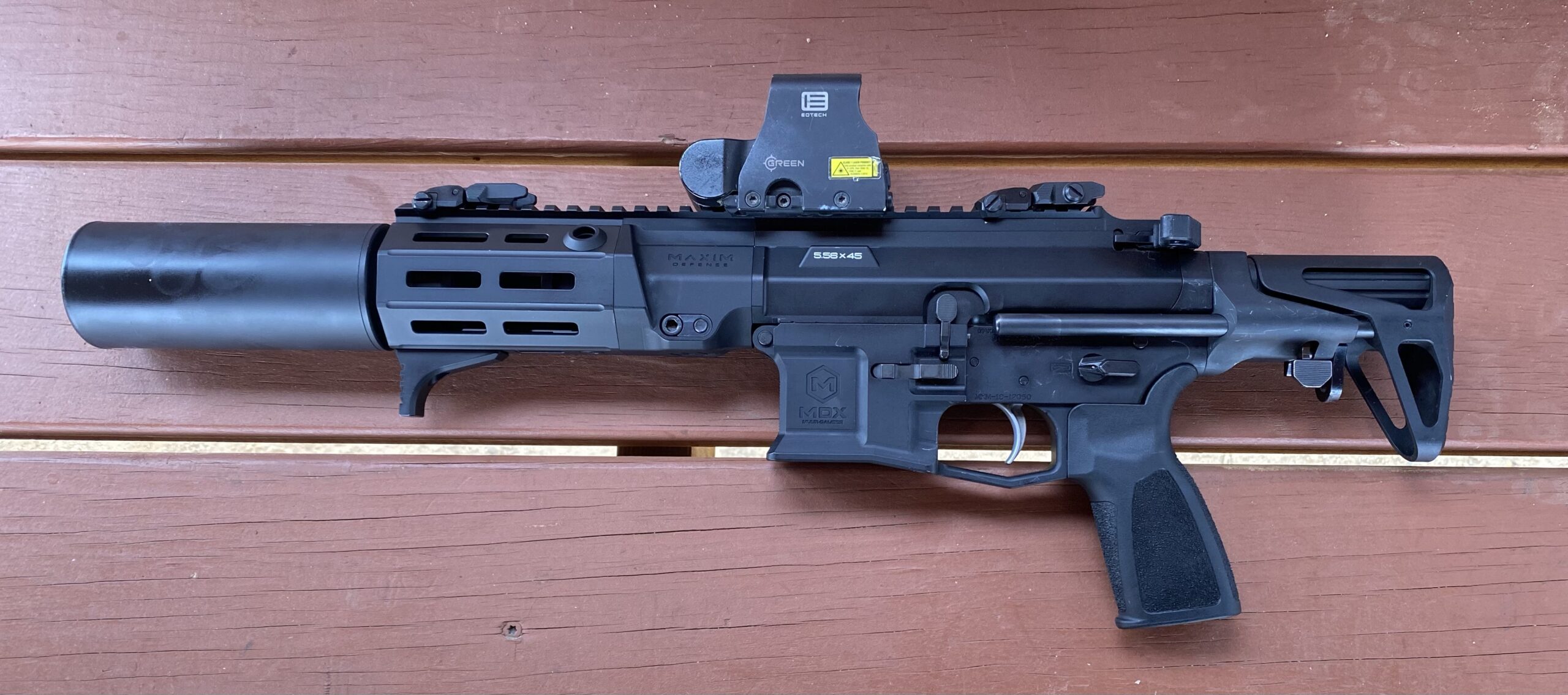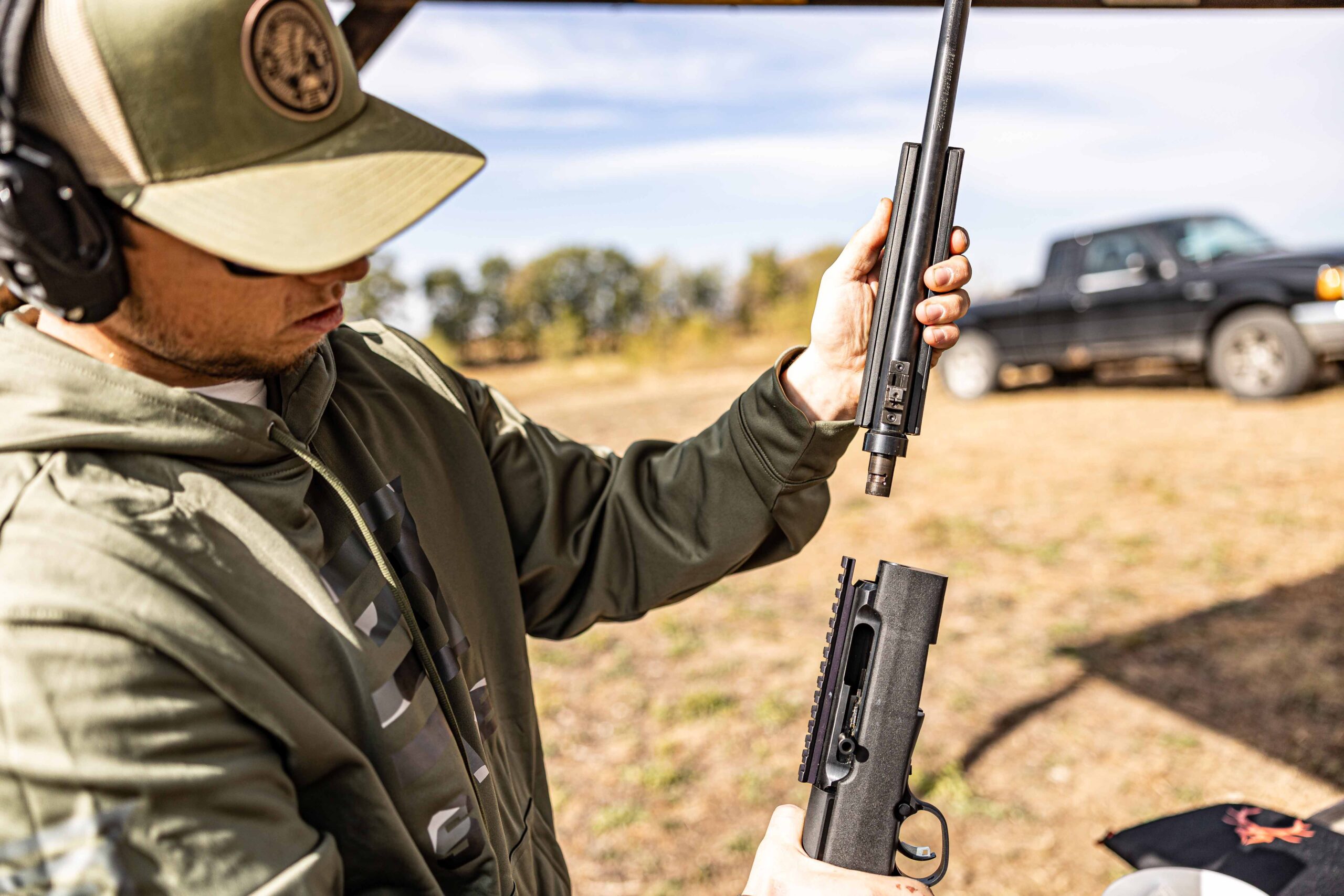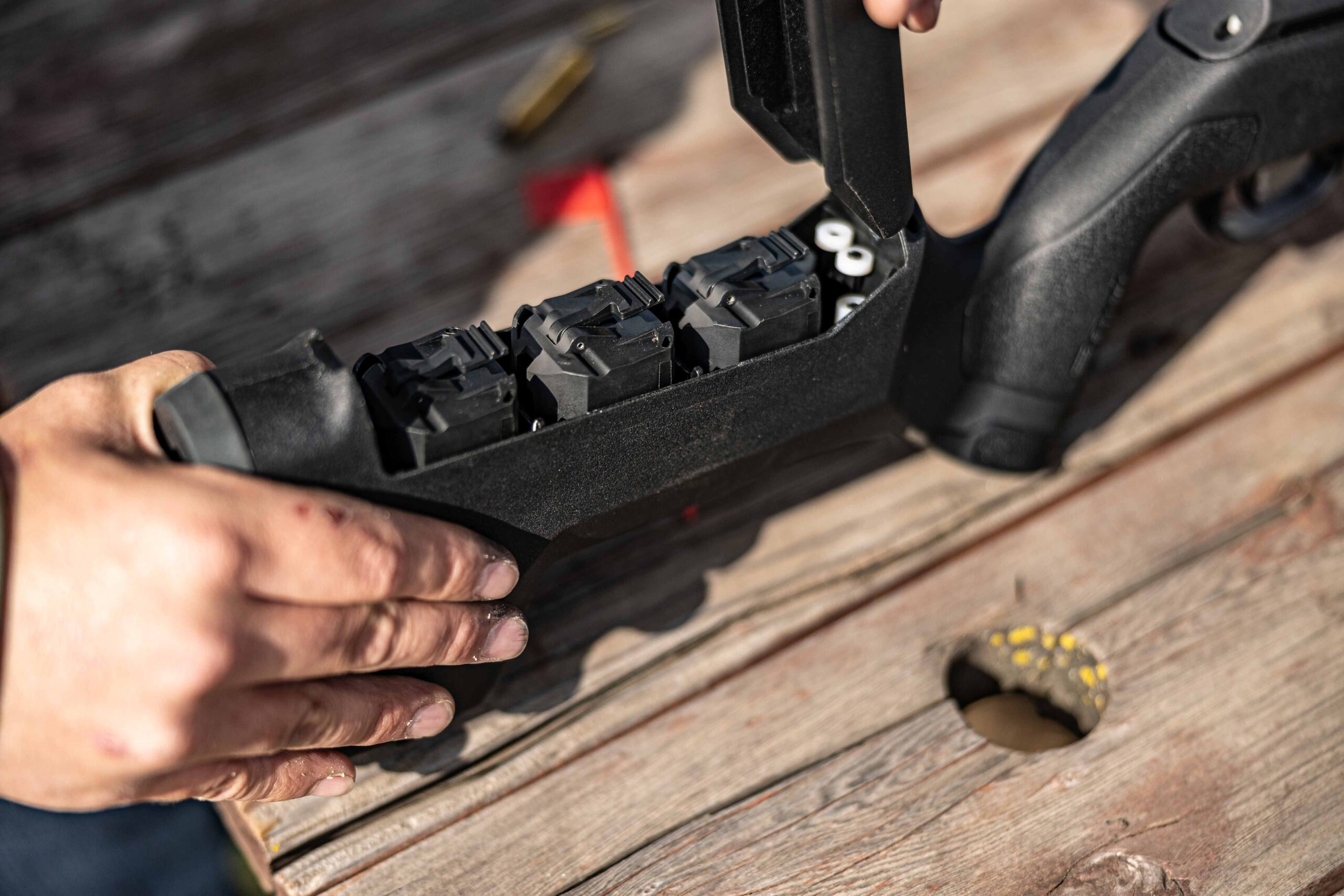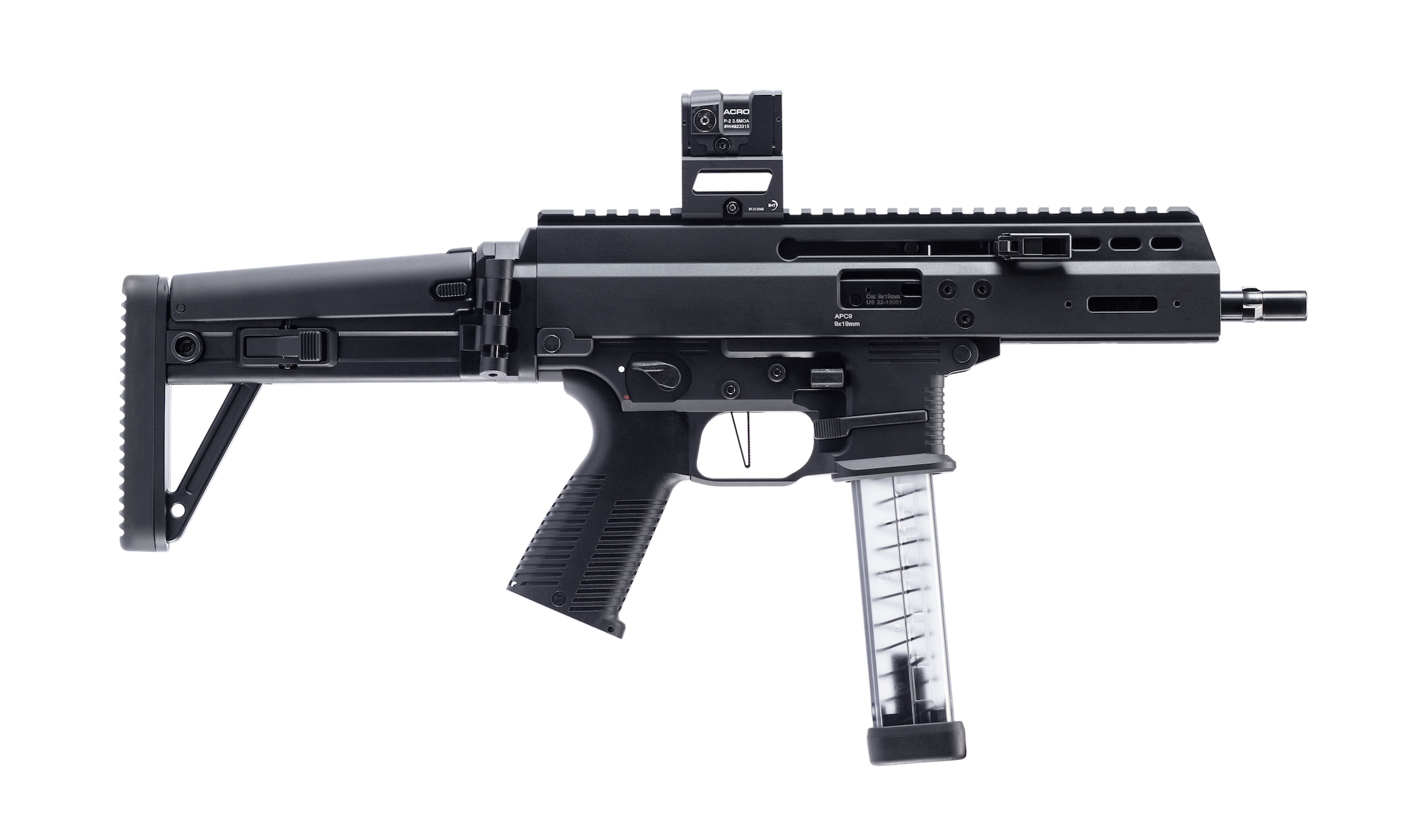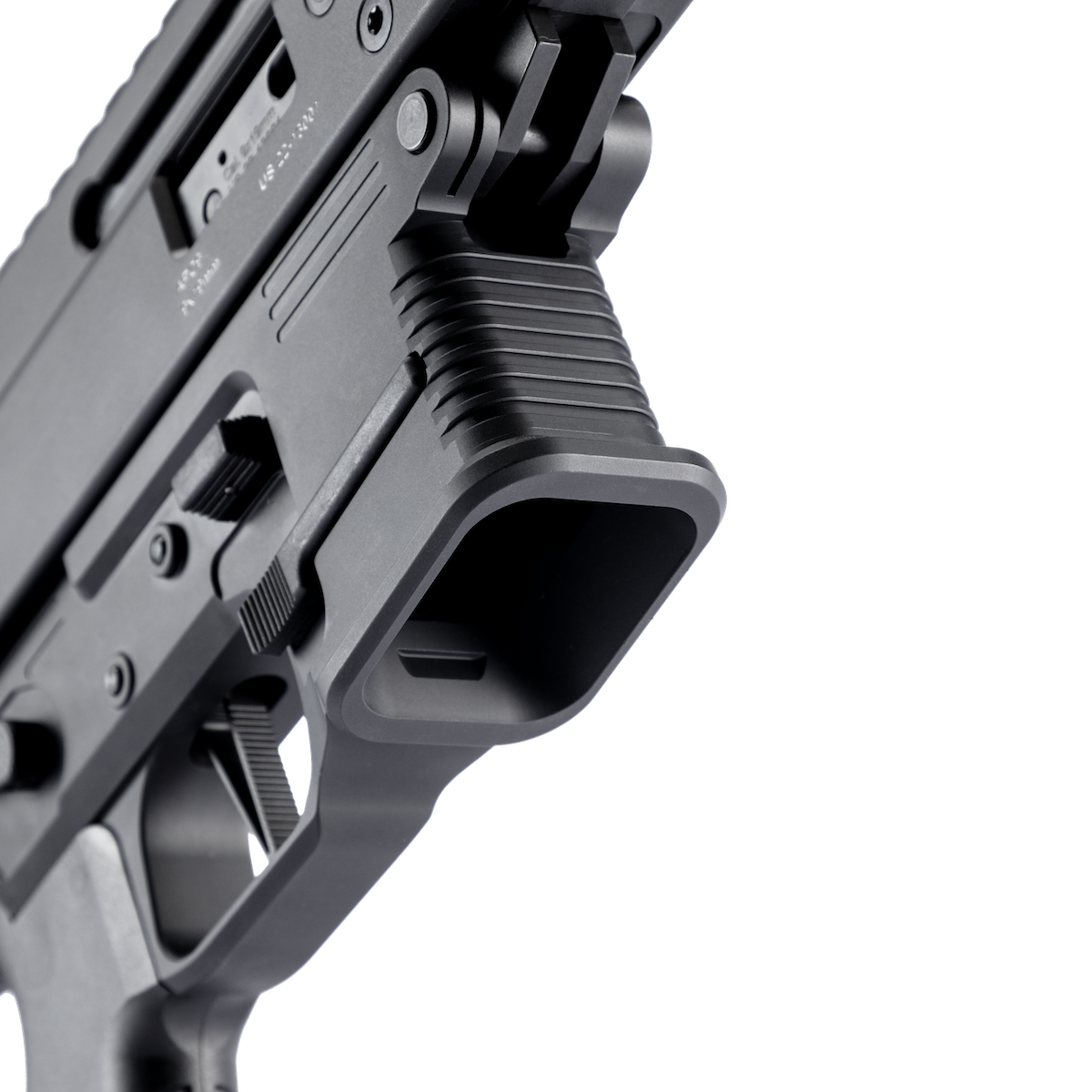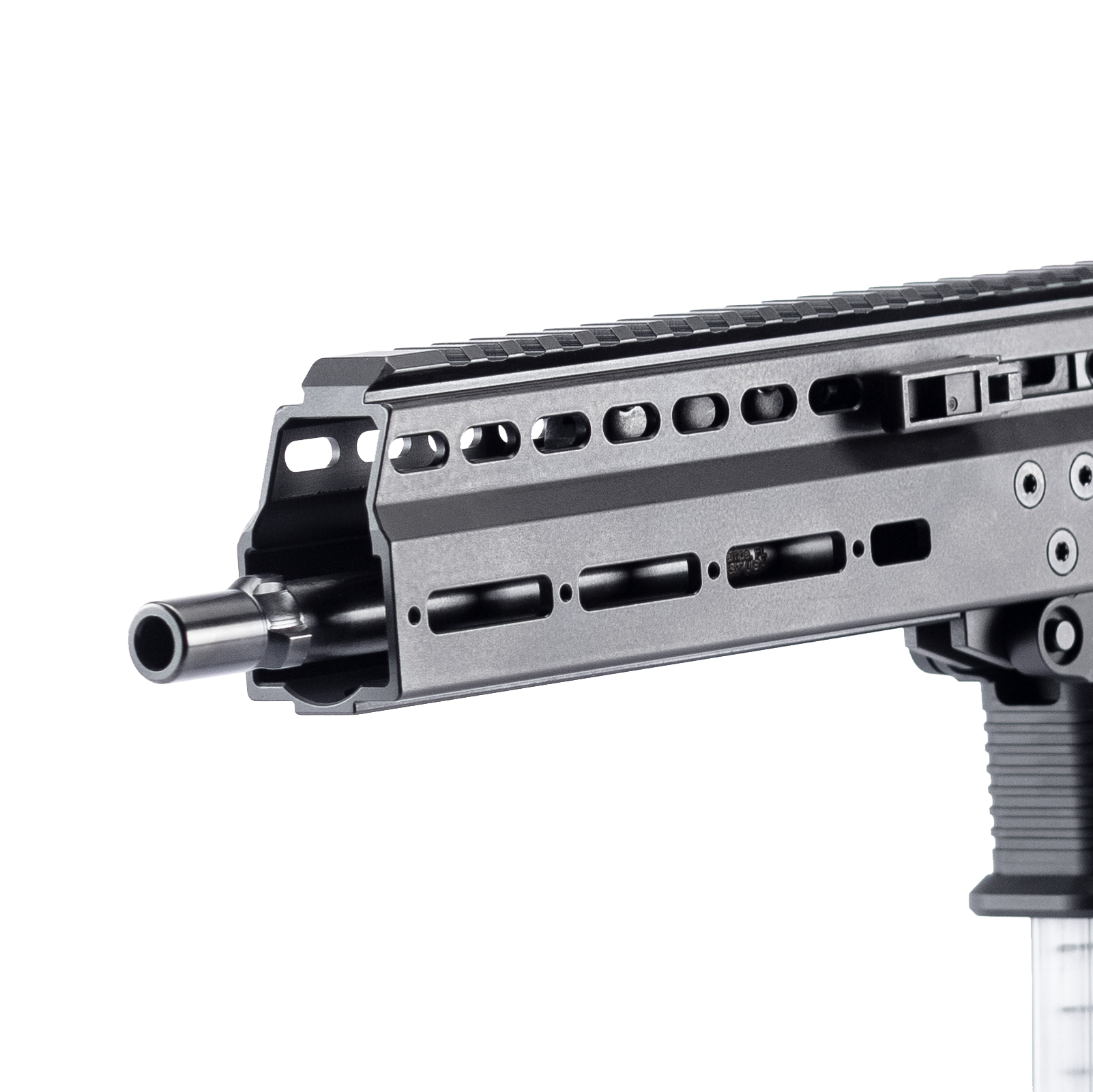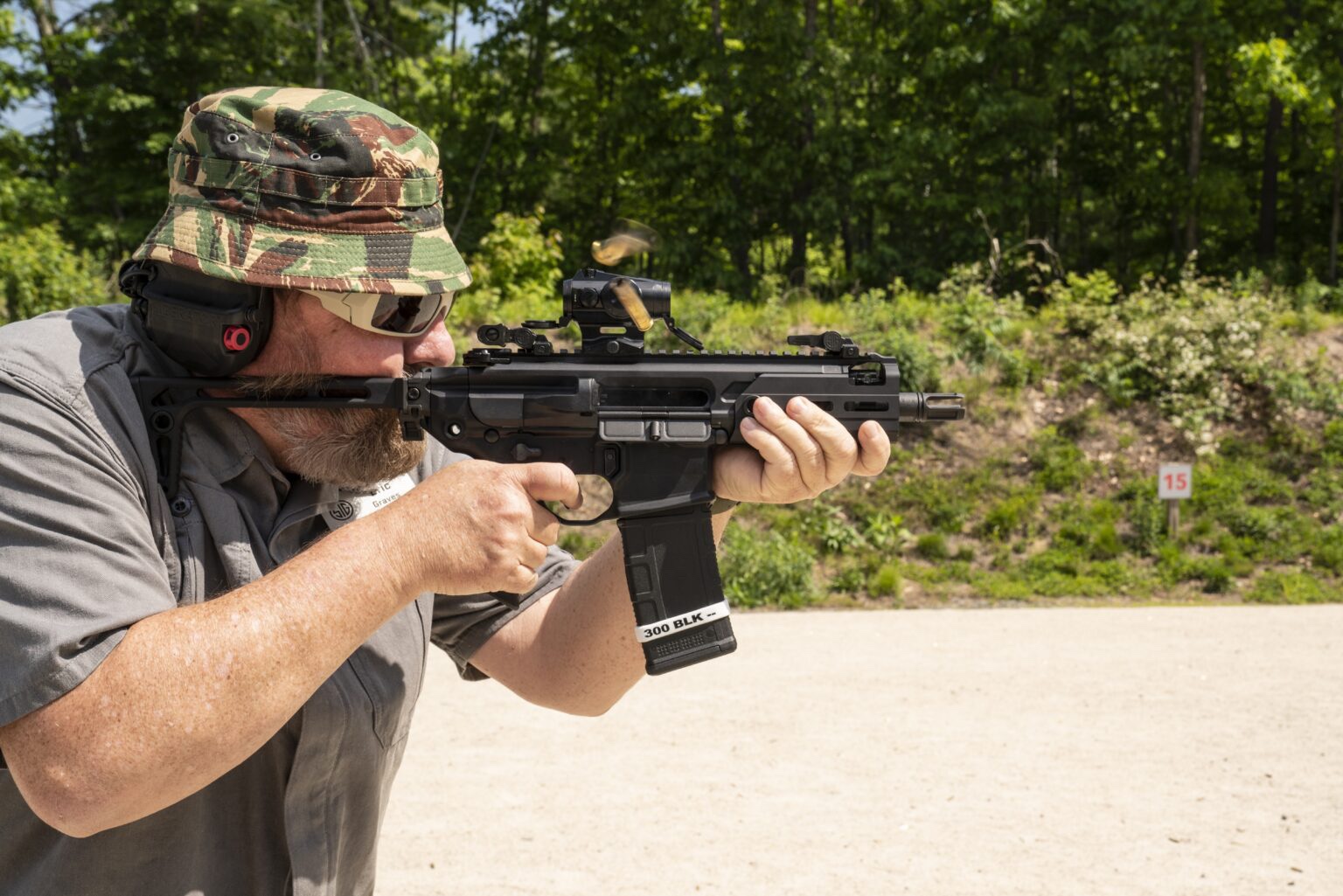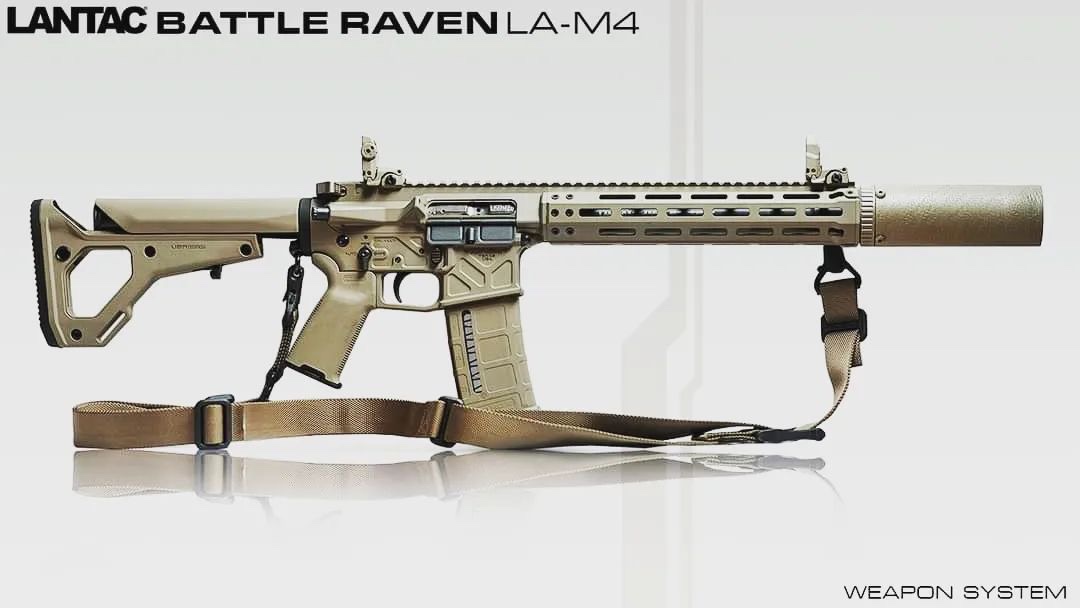WESTFIELD, Massachusetts – October 26, 2022 – Following the recent launch of the Impulse Mountain Hunter, Savage Arms is thrilled to introduce a wide array of rifles chambered in one of the newest long-action cartridges, 7mm PRC from Hornady®. The 7mm PRC provides ultimate performance without compromising accuracy.

“We’re thrilled to get these 7mm PRC additions into the hands of Savage fans and shooters everywhere,” said Beth Shimanski, Director of Marketing at Savage Arms. “With Savage’s heritage for proven accuracy, these rifles are designed for top performance and match grade accuracy, putting challenging shots and the biggest game in your reach.”
Optimized for ultimate long-range shooting and big game hunts, the Hornady® 7mm PRC utilizes long, high BC bullets for excellent and repeatable execution. The case is designed to use common, temperature-stable, magnum-speed propellants yielding consistent velocity and increased barrel life. These rifles are hunt-ready and changing the game for 2023.
New Caliber features include:
• Designed for a maximum cartridge overall length of 3.340”.
• 1:8” twist rate to stabilize the heaviest 7mm bullets.
• Target muzzle velocity of 3000fps from a 24” test barrel using 175gr and 180gr bullets.
• Non-belted, shoulder headspacing cartridge resulting in good chamber alignment.
• Cartridge and chamber designed concurrently with the same design methodology as the 6.5 Creedmoor.
Part No. / Description / MSRP
58004 / 110 ULTRALITE / $1,649
58005 / 110 ULTRALITE HD / $1,649
58006 / 110 ULTRALITE CAMO / $1,699
58007 / 110 HIGH COUNTRY / $1,239
58008 / 110 Timberline LH / $1,239
58009 / 110 TIMBERLINE LH / $1,239
58011 / IMPULSE BIG GAME / $1,449
58012 / IMPULSE MOUNTAIN HUNTER / $2,437
58013 / 110 APEX HUNTER XP / $709
58014 / 110 APEX STORM XP / $819
58015 / 110 APEX HUNTER XP LH / $709
The new 7mm PRC products will be available in late 2022. To learn more visit savagearms.com and visit your local Savage retailer or dealer.



